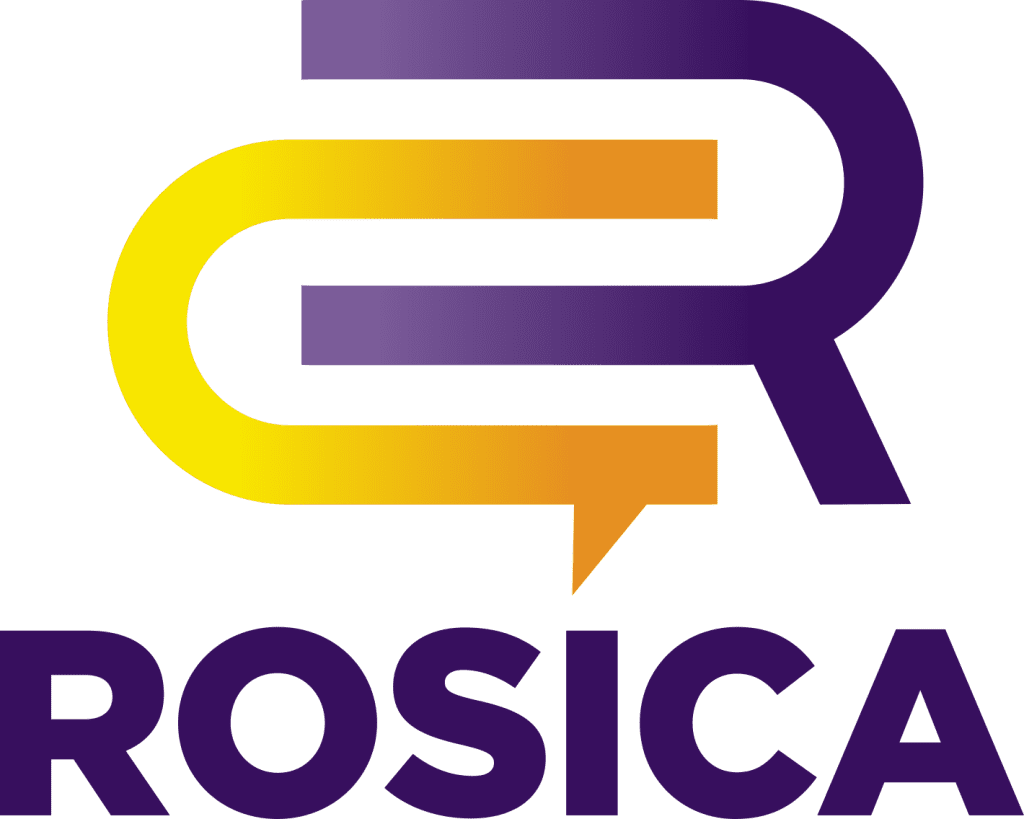By Michael Ferranti
CEO, Endai Worldwide
&
Chris Rosica
CEO, Rosica Strategic Public Relations
Traditional marketing, including advertising, public relations, merchandising, promotions and direct mail, is undoubtedly being challenged by the dilution of the media mix. Today’s choices include more television stations and shows, more magazines, satellite radio, scores of local newspapers (most losing readership), plus Internet news and discussion channels. Among these, include an ever-increasing number of competitive product [commercial] messages and the efficacy of today’s Internet, an attractive medium because of its real-time measurement capabilities which can ensure profitability.
These many changes provide good reason for marketers and companies, regardless of size or business type, to reevaluate their marketing programs and integrate their online and offline activities.
It has been our experience in working together and implementing integrated programs that this fusion of traditional and Internet communications is propitious and more importantly, executable.
How Traditional Marketing Helps Online Presence & Visibility
Developing a sustainable online presence is a strategic goal for most companies. There are economic enticements for conducting business online, enabling sales with fewer employees necessary to service customers and fulfill orders. Websites can also effectively capture information to build targeted databases. But smart marketers will often use traditional marketing to promote websites and drive traffic to them. Moreover, since many people conduct online research before making purchases, whether consumer or business-to-business buys, companies of all kinds want people to think of their sites and visit them often for new information, promotions, educational content and offerings.
Thus, traditional forms of marketing communications impact online visibility and sales. Consider for a moment what happens when a brand is advertised on national television. Google Trends clearly shows the spike in search traffic; the direct correlation is astonishing. One model that didn’t exist for television advertisers even five years ago is “TV to search.” While consumers go from TV media directly to an advertiser’s website, they also go in numbers to search engines with the snippet they recalled from the ad. Try a Google Trend search on “Office Linebacker,” the now famed Super Bowl ad: Search engines all saw a material spike in traffic on that specific term, thanks to television media consumption.
Advertisers, being well aware of this, have been promoting URLs in hopes of developing loyal customers however; there are ancillary benefits as well. Take for instance the importance Google and other search engines, including Yahoo and MSN, bestow upon editorial placements in traditional media outlets. These search engines deem news outlets as highly credible; therefore, these placements can bolster your online rankings and presence.
How the Internet Supports Traditional Marketing and Brings Measurability
In the realm of public relations, the Internet can be used to gauge the impact of a particular campaign or, even more granularly, each media placement. In doing so, companies are able to better understand which publications, Internet news sources or broadcast media outlets generate the best results, which in turn can help their marketing strategy. Public relations companies can create dedicated URLs with landing pages to streamline inquiries and capture as many leads as possible with ease.
PR firms can also measure the number of people searching online for a company or brand name. This search data can demonstrate fluctuations in brand awareness. By learning how many customers are searching directly for a product or company name, a marketer can quickly learn how successful his or her marketing efforts are. Additionally, PR’s conventional news releases can be used in a non-conventional way to bolster online awareness and Search Engine Optimization (SEO) through utilizing such sites as PRWeb.com or PR.com.
You can clearly see the impact that a high profile news story has directly on the investor relations pages of a client’s website. And the difference between companies that were well prepared for this eventuality and those that were not. While it’s difficult to say that a handsome website can directly improve stock price—at the least, it has the value of an annual report that public companies spend hundreds of thousands of dollars to create. In many cases, our clients have been able to fold those traffic spikes from PR hits into wildly profitable sales days. Therefore, website hits to the company’s primary URL is a clear indicator of a traditional marketing effort’s success. Most web traffic measurement tools can show clear spikes in website traffic.
An article on a particular company or product in the New York Times and NYTimes.com will be found by search engine spiders and increase the visibility and “importance” of a URL.
Yes, it’s a new dawn for marketers. Those that will survive, both companies and agencies alike, will have to look at ways to merge the two in order to come out on top.
